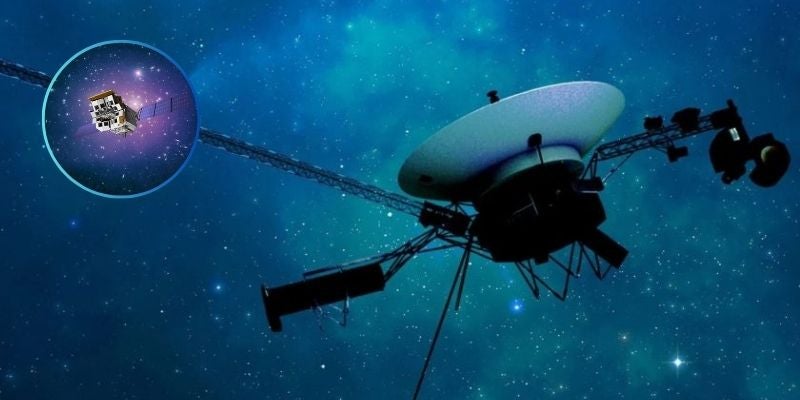Drafting. academy China The Commission for Astronomical Sciences (CAS) launched its Einstein probe last Tuesday, January 9, at 7:03 a.m., with the aim of exploring space and searching for X-ray bursts.
The launch took place from the launch pad of the Xichang Satellite Launch Center (China), aboard a Changcheng rocket.
The mission is the result of CAS's cooperation with the European Space Agency (Which) and the Max Planck Institute for Extraterrestrial Physics (MP). Also, the Institute of Space Sciences (ICE-CSIC) and the Institute of Space Studies Catalonia (Eek).
a task
The researchers participating in the project aim to search for bursts of X-rays coming from celestial bodies.
The emission of these rays cannot be predicted, but they will allow us to expand our knowledge of mysterious objects in the universe.
The probe will detect flashes of high-energy events astronomical About which very little is known. Some examples are stars separated by supermassive black holes, supernovae, neutron stars, and black holes.
You can read: The astronomical phenomena that we will be able to observe in 2023
Tools
The spacecraft has the scientific instruments needed to achieve its goal: the Wide-field X-ray Telescope (WXT). This contains twelve modules that together create a 3,600 square degree view and X-ray tracking telescope (FXT).
The Einstein Probe's technology gives it “the unique ability to observe nearly a tenth of the celestial sphere with a single glance,” according to its creators. Lightning sources detected by WXT will be immediately noticed with FXT, which has a narrower but more sensitive view, allowing it to capture more detail.
Through the tools available to Einstein, scientists will provide answers to several questions:
- How natural are black holes?
- How do they swallow the substance?
- What types of events produce gravitational waves?
- What happens when a star explodes?
- Does it go supernova?
The researchers will test and calibrate the devices, and this process will last about six months and Einstein's about three years.





/cloudfront-us-east-1.images.arcpublishing.com/eluniverso/6A6XA7JKURDHLPKN77G42JQROA.png)